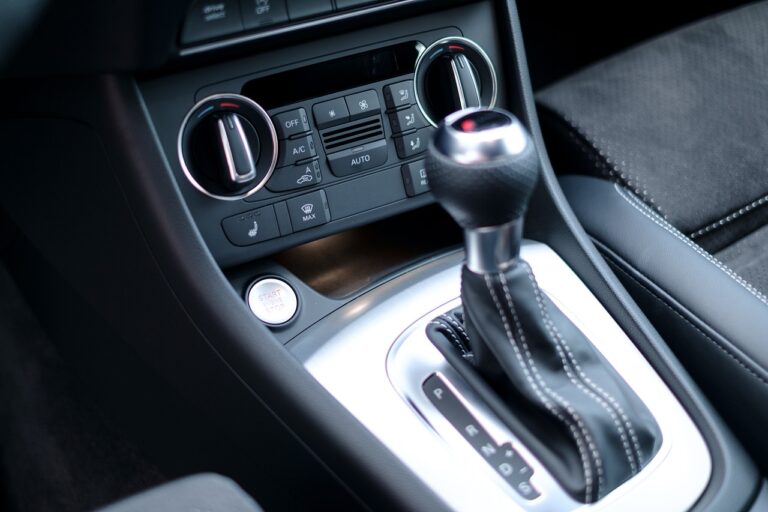Exploring the Potential of Biometric Driver Monitoring Systems
Biometric driver monitoring systems offer a wide range of benefits for both drivers and fleet managers. Firstly, these systems provide real-time data on the driver’s physical and mental state, allowing for immediate intervention if any signs of fatigue or distraction are detected. This proactive approach can help prevent accidents before they occur, keeping both the driver and other road users safe.
Secondly, biometric monitoring systems can also help reduce insurance costs for fleet companies. By ensuring that drivers are following safety protocols and are in a fit state to drive, these systems can lower the risk of accidents and thereby decrease insurance premiums. This not only benefits the company financially but also promotes a culture of safety awareness among drivers.
• Biometric driver monitoring systems provide real-time data on physical and mental state
• Immediate intervention possible if signs of fatigue or distraction are detected
• Proactive approach helps prevent accidents before they occur
• Reduces insurance costs for fleet companies
• Ensures drivers follow safety protocols and are fit to drive
• Lowers risk of accidents, decreasing insurance premiums
• Promotes a culture of safety awareness among drivers
How Biometric Data Can Improve Driver Safety
Biometric data has emerged as a powerful tool in enhancing driver safety on the roads. By utilizing advanced technologies such as facial recognition and heartbeat monitoring, these systems can provide real-time insights into a driver’s physical and emotional state while behind the wheel. This data can help identify signs of fatigue, distraction, or other risky behaviors, allowing for immediate intervention to prevent potential accidents.
Moreover, biometric driver monitoring systems promote accountability and responsible driving habits. By tracking key metrics like heart rate variability, eye movements, and facial expressions, these systems can encourage drivers to stay focused and alert while on the road. The constant feedback loop provided by biometric data not only enhances safety for the individual driver but also contributes to creating a more secure driving environment for everyone on the road.
The Role of Biometric Monitoring in Preventing Accidents
Biometric monitoring systems play a crucial role in enhancing driver safety on the roads today. These systems utilize advanced technology to track various physiological and behavioral characteristics of drivers in real-time. By monitoring factors such as heart rate, eye movement, and facial expressions, biometric systems can detect signs of fatigue, distraction, or impairment, which are common precursors to accidents.
Through continuous monitoring and analysis of biometric data, these systems can alert drivers and fleet managers of potential risks on the road. By providing real-time feedback and warnings, biometric monitoring systems can help prevent accidents caused by drowsiness, distraction, or other unsafe driving behaviors. This proactive approach to safety not only helps protect drivers and passengers but also contributes to overall road safety for all users.
What are the benefits of using biometric driver monitoring systems?
Biometric driver monitoring systems can help in detecting fatigue, distraction, and other risky behaviors in drivers, thereby preventing accidents before they happen.
How can biometric data improve driver safety?
Biometric data can provide real-time feedback on a driver’s physical and mental state, allowing for intervention when necessary to prevent accidents due to fatigue, distraction, or other factors.
How does biometric monitoring play a role in preventing accidents?
Biometric monitoring can help in identifying potential risks and alerting drivers, fleet managers, and safety personnel to take corrective actions to prevent accidents on the road.







